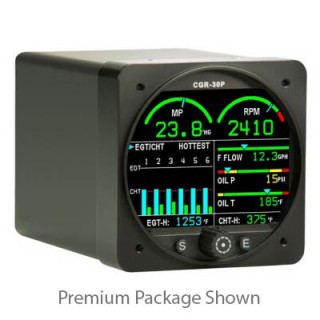ircphoenix
En-Route
So... I didn't really fly and learn this lesson the hard way, seeing as I tanker fuel all over the place... but I was going through the NTSB accident database today to see what I should be more cognizant of when flying my plane and I discovered a shocking number of fuel exhaustion incidents due to inadequate fuel planning. In nearly half of the cases the pilots say "yeah, I had enough fuel to make it to my destination, but I encountered a significant headwind."
THEN YOU DIDN'T HAVE ENOUGH FUEL TO REACH YOUR DESTINATION, EFFTARD.
So again... check your fuel. Make sure there's plenty of it in the tanks. Make sure your fuel planning is adequate and double check your numbers if winds change or you have to divert somewhere. Sump before you fly. And set a reminder on your phone or in your GPS unit (if it has timers) to remind you to switch tanks.
THEN YOU DIDN'T HAVE ENOUGH FUEL TO REACH YOUR DESTINATION, EFFTARD.
So again... check your fuel. Make sure there's plenty of it in the tanks. Make sure your fuel planning is adequate and double check your numbers if winds change or you have to divert somewhere. Sump before you fly. And set a reminder on your phone or in your GPS unit (if it has timers) to remind you to switch tanks.

